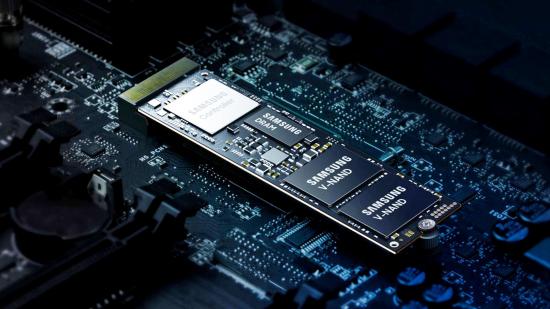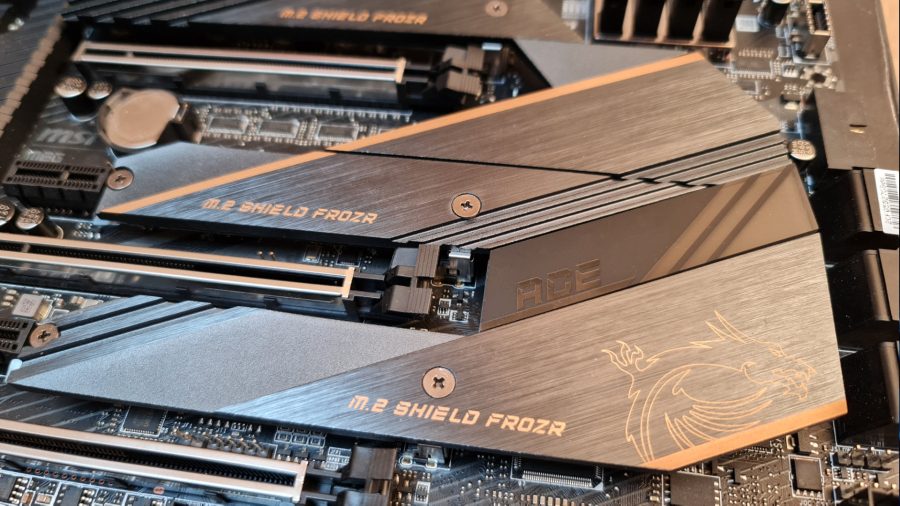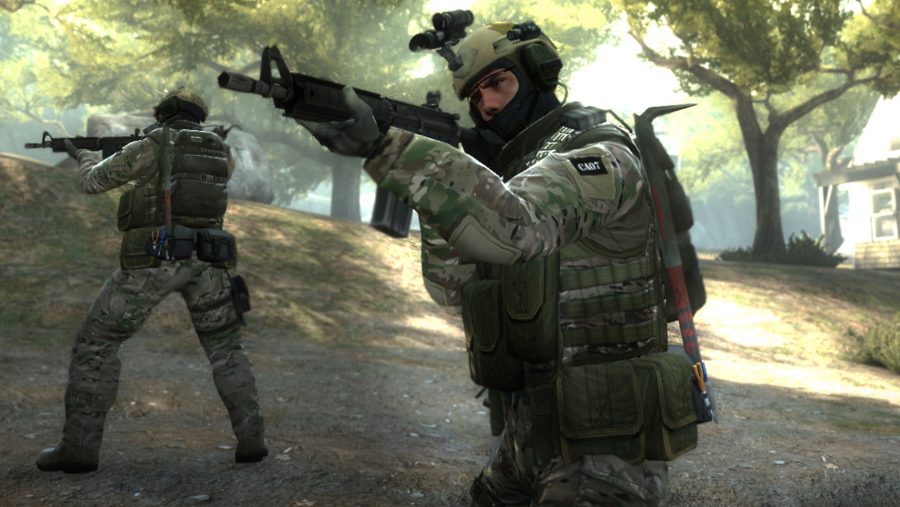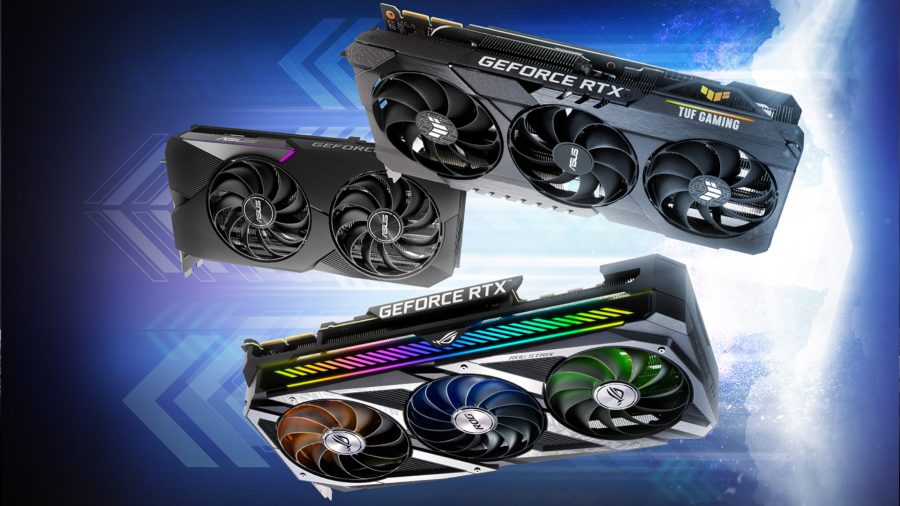PCIe 4.0 is the latest iteration of the interface that connects the best graphics card, sound card, or best SSD for gaming to the motherboard – at least until PCIe 5.0 comes along. In this guide, we explain what the benefits of PCIe Gen 4 are and whether your own PC is compatible.
It effectively doubles the bandwidth over PCIe 3.0’s 1GB/s per lane, allowing more data to transfer simultaneously from connected devices to the CPU and vice versa. For example, on a x16 slot – the one you slot a graphics card into – there are 16 lanes each operating at 2GB/s on PCIe 4.0, which works out at a maximum unidirectional bandwidth of 32GB/s.
So far, you see most of the benefits of PCIe 4.0 when looking at NVMe SSDs. With the previous generation, the maximum bandwidth available on an M.2 slot with its four PCIe lanes was 4GB/s, so read and write speeds on SSDs couldn’t exceed that figure. With the fourth generation the maximum bandwidth doubles to 8GB/s. We’re already seeing some PCIe 4.0 SSDs hit impressive 7000MB/s sequential read speeds, which is getting pretty close to the upper limits on the fourth generation standard.
Here’s all you need to know about PCIe 4.0:
Is my PC compatible with PCIe 4.0?
If you’re running any of AMD’s best gaming CPUs from its Zen 3 or Zen 2 range paired with a B550 or X570 motherboard, then you’ll have that PCIe 4.0 compatibility. On the Intel side, none of its current chips have PCIe 4.0 – although that’s finally changing on March 30 with the release of its Rocket Lake chips, over a year since AMD added support. Better late than never, right?
Some of the best gaming motherboards for Intel chips might already have PCIe 4.0 support, which you’ll be able to unlock with a future BIOS update, saving you from rushing out and buying a new board. So far, MSI and Asrock have both confirmed that Z490 motherboards will be compatible, but they’re surely not the only ones.
What benefits does PCIe 4.0 give me?
The headline advantage from the fourth generation standard is the faster read and write speeds available on M.2 NVMe SSDs. That being said, not all of the best PC games are programmed to take advantage of the faster storage, and putting them on an SSD may give a negligible difference in load times. Even with some new games, SSDs might make little difference, as some are still being developed for the SSD-less Xbox One, PlayStation 4, and hard drive-clad gaming PCs.
While multiplayer FPS games like CS:GO may see faster loading times, these games are dependent on the slowest PC in the lobby. They’re not worth sacrificing expensive SSD space when you’ll just be waiting for SSD-less teammates to load in anyway. On the other hand, games such as GTA 5, Microsoft Flight Simulator, and Cyberpunk 2077 benefit greatly from sitting on a super-fast NVMe drive, and the loading times here can be further reduced from the faster PCIe 4.0 standard.
The main benefit of PCIe 4.0 SSDs being faster not only gives quicker loading times in some games, but it also translates to a much snappier operating system. You can expect instantaneous boot times with the latest NVMe drives if it houses your Windows, Linux, or macOS and fast loading of programs.
You don’t need PCIe 4.0 support to run Nvidia’s RTX 3000 series or AMD’s Radeon RX 6000 range, and the performance increase isn’t as noticeable when you use the latest standard with the newest graphics cards, anyway. Unless you’re running at a super-high refresh rate, most games don’t eat up enough PCIe bandwidth to improve performance and truly make use of the connection.
Looking into the future, you can expect that increased bandwidth will become more important, as the best gaming monitors usher in high refresh rate 4K resolutions as the new standard. PCIe 4.0 and its successor should boost fps even more when 8K resolutions roll around, as it’ll be far more bandwidth hungry.
what about the future?
It looks as if PCIe 4.0’s reign as the latest standard might be short lived, thanks to PCIe 5.0 SSDs on the horizon, which will again double the bandwidth for potential read and write speeds of up to 16,000MB/s read and write speeds.
No CPUs currently available support the future PCIe 5.0 standard though – that’ll likely come with Intel’s 12th generation Alder Lake CPUs and AMD’s Zen 4 CPUs. It’s not necessarily something we’d hold out for if you’re looking to build the best gaming PC right now, though, as early adoption prices are likely to be high, just like they were when PCIe 4.0 first landed.
Now go check the latest PC game system requirements.



